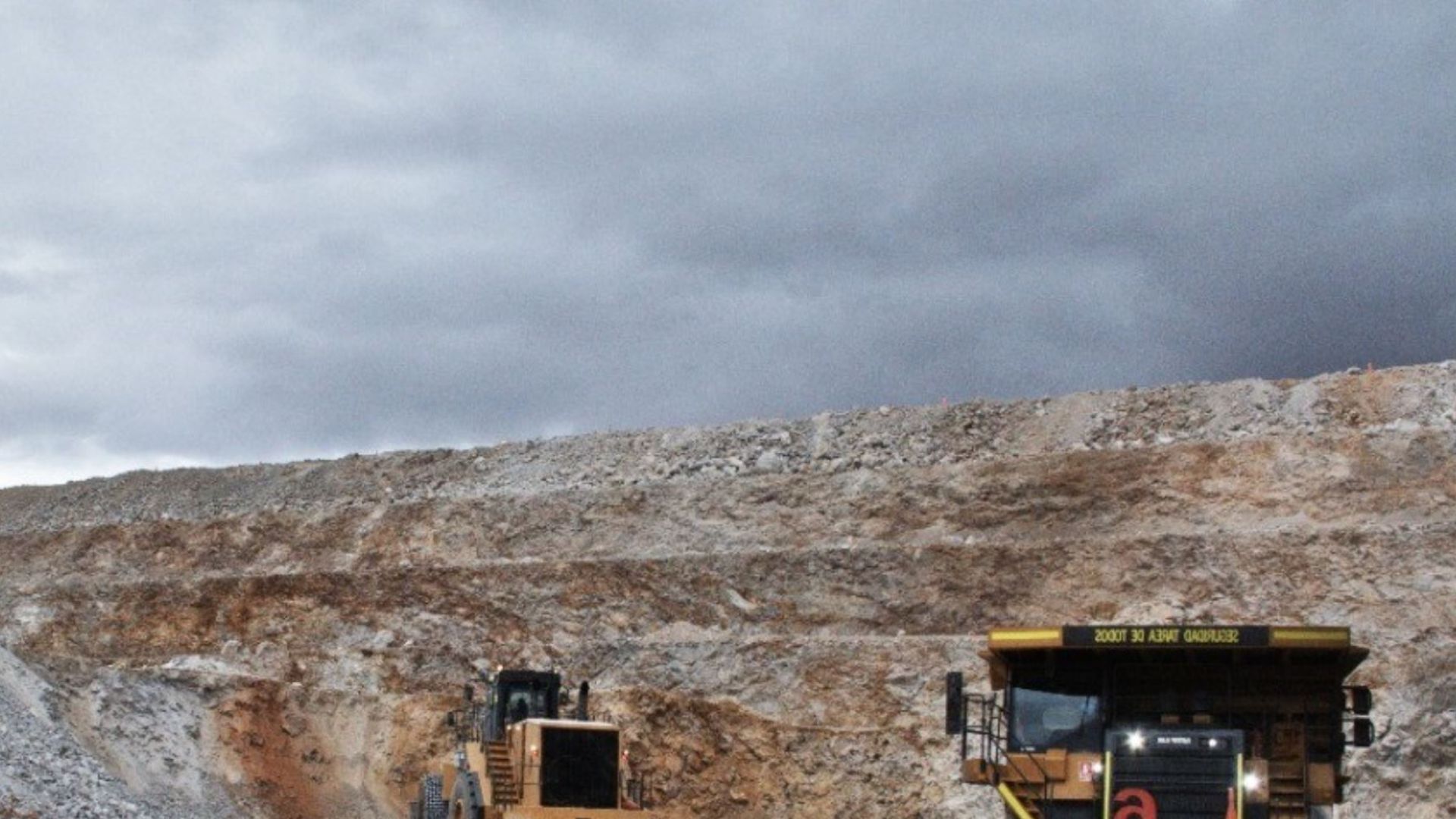The Mining Industry's Slow Journey Towards Digitalization: Challenges and Opportunities
- Peru | 26 September 2019

The mining industry has historically been slow to embrace technological advancements and digitalization. However, as the world moves towards a more connected and automated future, mining companies are realizing the need to adapt to stay competitive. Despite some progress, the industry still faces challenges in fully integrating automation, connectivity, and digital technologies. This article explores the current state of digitalization in the mining sector, highlighting the efforts of key players and the obstacles they face. It also delves into the potential benefits and opportunities that arise from embracing a digital mine.
The mining industry’s resistance to change has hindered its progress in adopting transformative technologies. Industry insiders recognize the urgency to catch up and stress the importance of embracing new technologies to stay relevant. The slow adoption of autonomous truck fleets and the continued reliance on manual processes in underground mining highlight the industry’s digitalization challenges.
OEMs and technology developers play a crucial role in driving digitalization in the mining industry. They offer innovative solutions such as automation and digital features that can enhance efficiency and productivity. However, the success of these technologies relies on the availability of the right connectivity infrastructure within mining operations.
Several mining companies are striving to become pioneers in mining technology by leveraging digitalization. The case of Anglo American Quellaveco illustrates how collaboration with technology providers like Siemens can lead to significant improvements in efficiency and productivity. Digital mines are gradually gaining momentum, but there is still a long way to go before they become the norm.
Connectivity in mining operations offers opportunities for remote operations, data acquisition, and mine digitalization. However, the transformation of the mining industry goes beyond connectivity. Continuous mining is emerging as the future, with technology advancements enabling its application in various mining environments. Additionally, the transition from internal combustion engines to electric and battery-powered equipment is a crucial step toward reducing ventilation needs and improving overall efficiency.
Multinational companies must understand the dynamics of local markets and engage with end-users to ensure their products and technologies meet specific requirements. Collaboration between OEMs and local distributors is essential in tailoring equipment to meet the unique challenges of each mining region. Mechanization, safety regulations, and training also play vital roles in driving digital transformation in the local market.
The construction equipment market in Peru remains resilient, thanks in part to mining projects. Connectivity, automation, and electro-mobility are key trends shaping the industry. Companies like Volvo, Scania, and John Deere are investing in technologies that reduce emissions, improve performance, and offer connectivity solutions. Underground mining poses particular challenges, but manufacturers are adapting their equipment to meet the demands of this environment.
The mining industry is gradually recognizing the need to embrace digitalization to remain competitive in a rapidly evolving world. While progress has been made, there are still obstacles to overcome, including connectivity issues, resistance to change, and high costs. However, the potential benefits of digitalization, such as increased efficiency, productivity, and safety, make the journey worthwhile. The mining sector must continue to collaborate with technology providers, OEMs, and local stakeholders to drive the digital transformation and shape the future of mining operations.








